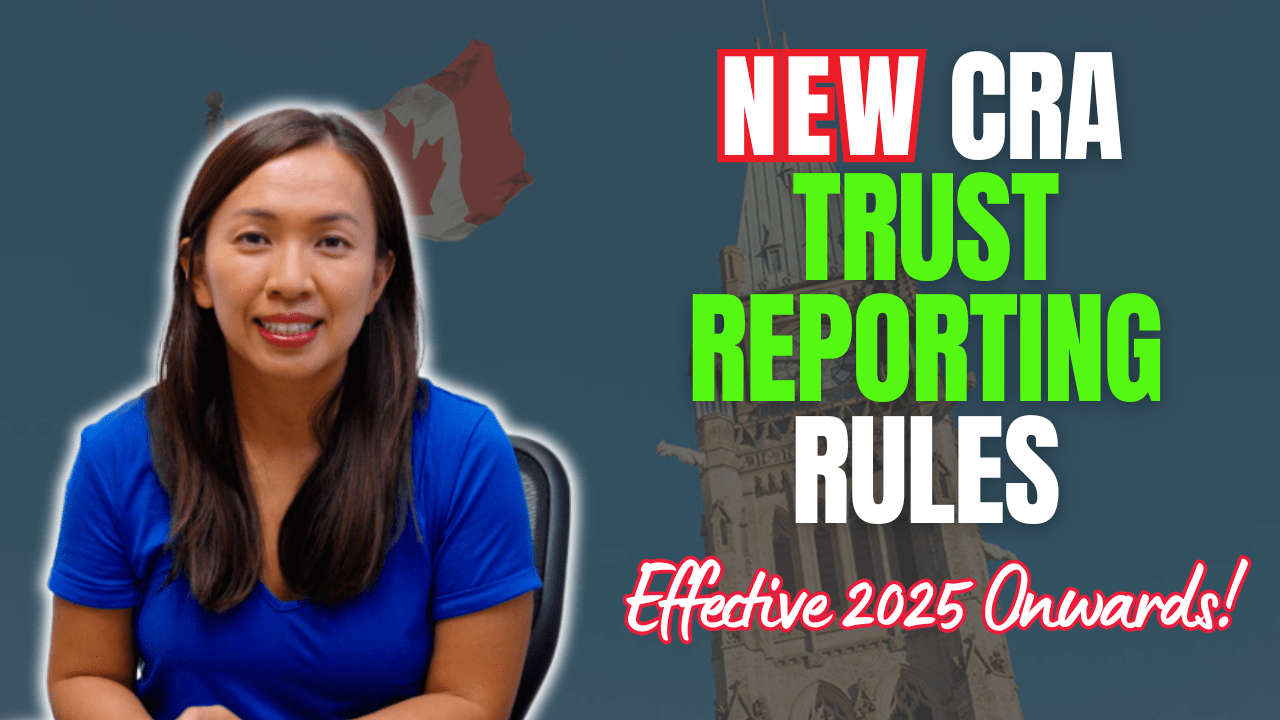It’s Ontario’s budget date.
When the Federal budget was released, the message from the Fed was to spend, spend and spend.
Ontario, however, has a pre-budget message to cut, cut and cut.
Cutting taxes and cutting funding for schools and health care.
It does hurt to cut back on expenses, regardless of how you look at it.
Erwin and I have committed to making some investments in our businesses this year. More money for investment, less money on travelling. ?
One of my cousins is getting married Jan 2, 2020 in China. Christmas and New Year are the most expensive time to travel. I spent an hour looking at the flight tickets prices, and I just couldn’t pull the trigger to spend $3K on a ticket. For a family of four, that is $12K in total on a flight alone!
If we were to visit a bit earlier in December, the price tag is only $1,200. We could use points to get our tickets.
But we will miss all the fun hanging out with our families… and we still have not committed yet.
Watching our wallet before we make a commitment to spend is the key.
Cuts are not easy, it’s painful.
Cutting the education budget is hard. Cutting health care services is hard. It’s heart-wrenching seeing the names of the programs that are cut.
But… what can you do?
Ontario government spent over $12.5 billion on debt servicing from 2018 to 2019, but we spent only $5 billion on the Justice system.
If we didn’t overspend in the past, we wouldn’t have accumulated so much, and wouldn’t have the issues with paying off your debt. If we didn’t accumulate so much debt, we wouldn’t be spending $12.5 billion on debt servicing.
Guess what, our budget is currently running at $12 billion deficit.
Imagine if we continue to run a deficit, how would the lives of our future generation look like? How would our lives in 5 years or 10 years look like?
Do we continue to borrow and grow our debt bigger, to the point that all our budget will be used for debt servicing?
Cuts are painful, but what can you do?
And by the way, I don’t agree to cut back corporate taxes for 1%, but that’s a topic for a different date.
Now, onto this week’s topic – part 2 of the 7 Best Back-Office Practices A Real Estate Investor Should Adopt
4. Set up pre-authorized debit with the cities and utility companies
This is really coming from being a busy (or lazy) mom.
When I buy an investment property, I call all the utility companies and the city to set up my account. On this same call, I set up pre-authorized debit to the dedicated bank account immediately.
This saves me time on issuing the payment every month. And of course, it makes sure that our tenants’ gas and hydro won’t be cut off for non-payment of utilities.
5. One credit card dedicated for personally owned properties and one separate one for corporate-owned properties

I like to have one dedicated credit card just for properties held in a personal name. I have another credit card dedicated for properties held in a corporation name.
Yes, it is a lot of credit cards.
You should have seen the size of my wallet.
The purpose of having a dedicated credit card is to make sure that all your expenses are captured.
The monthly statement is a back-end check for you to make sure that you capture all the expenses you spend on the properties.
This leads to our next point of discussion.
6. Update accounting/bookkeeping record on a regular basis, minimum quarterly basis
In accounting and tax, it is very important to reconcile your bank and credit cards on a monthly basis.
If you are using E
You can download all the transactions from your online banking system into Excel.
Go through all transactions, categorize each of them.
It can be rental income, advertising, insurance expense, mortgage payment, property tax, condo fees, utilities, bank charges, repairs & maintenance, etc.
If you’re somewhat familiar with Excel, you can simply add up everything that says “rental income”. That would give you rental income for the quarter.
For your credit card expenses, you may have categories such as hot water tank rental, repairs & maintenance, including the plumbing service you used. You go through the same exercise and categorize every single line item on the credit card statement. If you are using your credit cards for multiple properties, your category may be hot water tank rental – ABC ave, repairs & maintenance.
You add up the total of your bank expenses and total of your credit card expenses, there’s your summary of your expenses per property!
If you use bookkeeping software, or in other words Real Estate Software, to keep track of these income and expenses, you can download all your bank transactions and import them directly to your bookkeeping system.
You go through the same exercise as I mentioned before, instead of an excel, you do your category of expenses directly in the software.
The bookkeeping software keeps track of the income & expenses for you.
If you are interested, stay tuned, we will be teaching some bookkeeping in Spring.
If you have expenses that are not paid by the dedicated bank accounts and credit cards, you will have to add those in, as an extra.
7. Store/keep a scanned copy of all your receipts
Even though we have bank and credit card statements, this is NOT SUFFICIENT if you ever go through an audit.
You have to keep all your receipts, either in the paper folder that I mentioned in my previous blog post. OR in the virtual folder, you create in your computer.
Cross check with your bank records in step 6 to make sure you have a copy of all your receipts.
If needed, invest in a paper folder machine which can do all these manual tasks faster for you.
At the end of the year, make sure you also save a copy of your bank statements, property taxes and mortgage statements in this folder so you have a complete set of audit proof record.
Heck, this will even help you get ready for mortgage qualification!
Yes, it sounds simple, but it is a lot of work.
As I often tell my clients, we must “earn” our deduction with CRA.
It is to get into the momentum of doing the things right, so 5 years down the road, we still know where we spend the money and provide the evidence that CRA needs.
Until next time, happy Canadian Real Estate Investing.
Cherry Chan, CPA, CA
Your Real Estate
Accountant






Christian Szpilfogel
Hi Cherry,
for (4), while a convenience, I tend not to do this. The simple reason is that in paying these bills by hand, it forces me to review them for accuracy or abnormalities. For example, recently I noticed one of my properties was using an unusual amount of water and on inspection I found one of the apartments had a toilet valve that needed adjusting. This is a 10 unit building and one toilet was able to increase my usage by about 40%. I have a lot of properties but I still do this by hand. Yes, you can do this after the fact by reviewing your accounts but let’s be honest, most of us don’t have the discipline to do this regularly and and even if you do, it tends to be much later in time.
Otherwise, I tend to apply very similar simplifications.
Cherry Chan
Appreciate the comment, Christian. Over the years, I didn’t find much discrepancies and I do review the bills when I receive them.